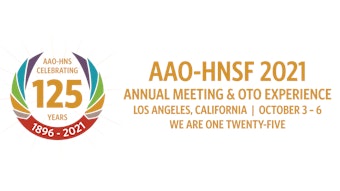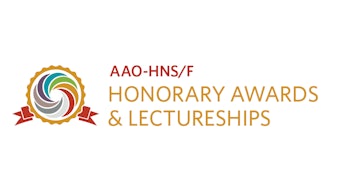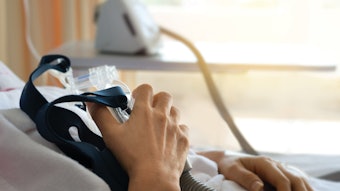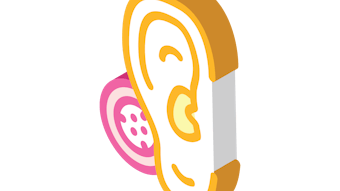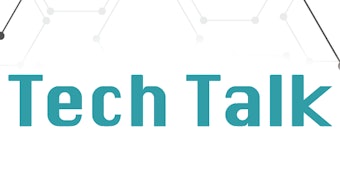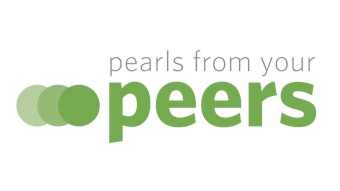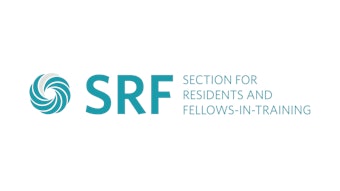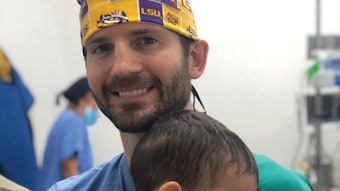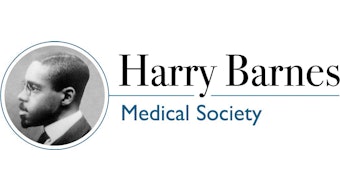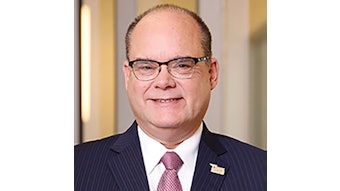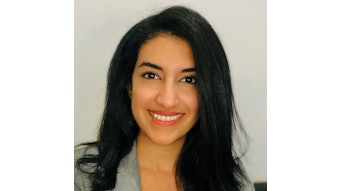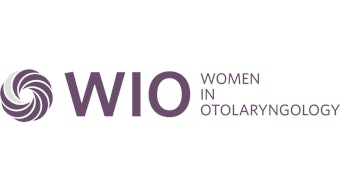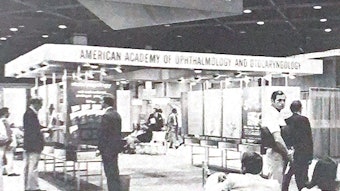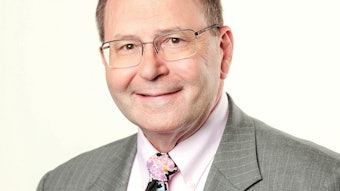From the Education Committees: What Is the Effect of Obstructive Sleep Apnea and Its Surgical Management on Voice and Swallowing?
There is an increasing prevalence of obstructive sleep apnea (OSA) in the United States, affecting an estimated 25 million Americans. (1)
Mark Weidenbecher, MD, AAO-HNSF Laryngology and Bronchoesophagology Education Committee member
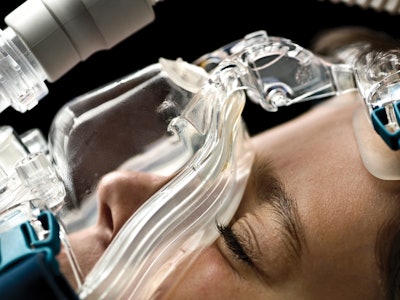
Patients with moderate-to-severe OSA have been found to suffer from baseline altered biomechanical swallowing biomechanics, including upper esophageal dysfunction, increased hypopharyngeal distension, and velopharyngeal contractility.5 The incidence of dysphagia in the OSA patient population is estimated to be almost twice as high compared to the average patient population (14% versus 8%).6,7 There is also evidence that irritable larynx symptoms such as chronic cough, dyspnea sensation, and dysphonia are more commonly seen in OSA patients.8
The larynx can be viewed as the sound source while the pharynx not only serves as a resonator but also assists with swallowing. Since sleep surgery for OSA addresses the pharyngeal airway, the question must be raised whether it affects swallow and voice function. While sleep surgery can certainly lead to temporary laryngopharyngeal complaints, such as odynophagia, globus, and dysphagia, in terms of long-term effects, the literature is somewhat conflicting. Franklin et al. examined the side effects of OSA surgery and found that UPPP, a commonly performed sleep surgery to enlarge the retropalatal airway, resulted in permanent swallowing difficulties in 31% of the patients while other authors found no evidence for UPPP to cause any long-term effects on swallowing or voice.9-11 Hyoid suspension is another example of a static sleep surgery that is used in OSA patients for base of tongue obstruction by moving the hyoid and base of tongue complex anteriorly and superiorly. This can be accomplished by performing a hyothyroidpexy (HTP) or by suspending the hyoid to the mandibular symphysis via suturing or via genioglossus advancement. Several studies have shown that HTP does not affect swallowing or voice function after 12 months, as noted on postoperative swallow testing and voice analysis.12,13 In a large metanalysis examining voice outcome following various types of palate procedures or hyoid suspension, it was found that surgical management of OSA, regardless of the type of procedure, did not impair voice or swallowing function permanently.14 Similarly, HGNS, a non-static and rather dynamic sleep procedure, has also demonstrated not to cause any swallowing or voice problems at one week, three months, and six months postoperatively. This was studied on 14 patients via validated VHI-10 and EAT-10 questionnaires.15 In other studies, several authors have reported on persistent neck and tongue pain in patients using HGNS, which in some patients could be resolved by changing the intensity of the stimulation.16 In some cases, manual neck therapy can also help with this muscle tension, like neck pain.
In summary, OSA patients have a slightly higher incidence of laryngopharyngeal symptoms compared to the average population. With the exception of HGNS, all other sleep surgeries alter the upper airway permanently. Depending on the type of sleep surgery, conflicting information in the medical literature exists as to whether it can result in long-term voice and swallowing problems.
References
1. Peppard PE, Young T, Barnet JH, et al. Increased prevalence of sleep-disordered breathing in adults. Am J Epidemiol. 2013;177:1006-1014. doi:10.1093/aje/kws342
2. Russell JO, Gales J, Bae C, et al. Referral patterns and positive airway pressure adherence upon diagnosis of obstructive sleep pnea. Otolaryngology Head Neck Surg. 2015;153:881-887. doi:10.1177/0194599815596169
3. Kotecha B, De Vito A. Drug induced sleep endoscopy: its role in evaluation of the upper airway obstruction and patient selection for surgical and non-surgical treatment. Journal of Thorac Dis. 2018;10:S40-S47. doi:10.21037/jtd.2017.10.32
4. Kent DT, Weiner JS, Chio EG, Weidenbecher M. Hypoglossal nerve stimulator implantation via a 2-incision technique. Oper Tech Otolaryngol Head Neck Surg. 2020;31(3): e35-e42. doi:10.1016/j.otot.2020.06.002
5. Schar MS, Omari TI, Woods CM, et al. Altered swallowing biomechanics in people with moderate-severe obstructive sleep apnea. J Clin Sleep Med. 2021. doi:10.5664/jcsm.9286
6. Kertscher B, Speyer R, Fong E, et al. Prevalence of oropharyngeal dysphagia in the Netherlands: a telephone survey. Dysphagia. 2015;30:114-120. doi:10.1007/s00455-014-9584-z
7. Pizzorni N, Radovanovic D, Pecis M, et al. Dysphagia symptoms in obstructive sleep apnea: prevalence and clinical correlates. Respir Res. 2021;22:117. doi:10.1186/s12931-021-01702-2
8. Roy N, Merrill RM, Pierce J, Sundar KM. Evidence of possible irritable larynx syndrome in obstructive aleep apnea: an epidemiologic approach. J Voice. 2020. doi:10.1016/j.jvoice.2020.02.006.
9. Franklin KA, Anttila H, Axelsson S, et al. Effects and side-effects of surgery for snoring and obstructive sleep apnea—a systematic review. Sleep. 2009;32(1):27-36. doi:10.5665/sleep/32.1.27
10. Kosztyła-Hojna B, Rogowski M, Olszewska E, Kasperuk J. Voice quality evaluation in patients with obstructive sleep apnea syndrome treated with uvulopalatopharyngoplasty (UPPP). Pol Merkur Lekarski. 2008;25(145):46-50.
11. Greene JS, Zipfel TE, Harlor M. The effect of uvulopalatopharyngoplasty on the nasality of voice. J Voice. 2004;18:423-430. doi:10.1016/j.jvoice.2003.12.008
12. Kato MG, Isaac MJ, Gillespie MB, et al. The Incidence and characterization of globus sensation, dysphagia, and odynophagia following surgery for obstructive sleep apnea. J Clin Sleep Med. 2018;14:127-132. doi:10.5664/jcsm.6898
13. Askar SM, Quriba AS, Hassan EM, et al. Voice and swallowing outcomes after hyoid suspension surgery in patients with obstructive sleep apnea. Folia Phoniatr Logo. 2018;69:271-277. doi:10.1159/000488239
14. Binar M, Akcam T, Vardareli OS, et al. Voice outcomes for patients undergoing surgery for obstructive sleep apnea: a systematic review and meta-analysis. Eur Arch Oto-rhino-l 2020; 277: 3261–3281. doi:10.1007/s00405-020-06101-9
15. Bowen AJ, Nowacki AS, Kominsky AH, et al. Voice and swallowing outcomes following hypoglossal nerve stimulation for obstructive sleep apnea. Am J Otolaryng. 2018;39:122-126. doi:10.1016/j.amjoto.2017.12.011
16. Kompelli AR, Ni JS, Nguyen SA, Lentsch EJ, Neskey DM, Meyer TA. The outcomes of hypoglossal nerve stimulation in the management of OSA: A systematic review and meta-analysis. World J Otorhinolaryngol Head Neck Surg. 2018 Sep 25;5(1):41-48. doi: 10.1016/j.wjorl.2018.04.006.
